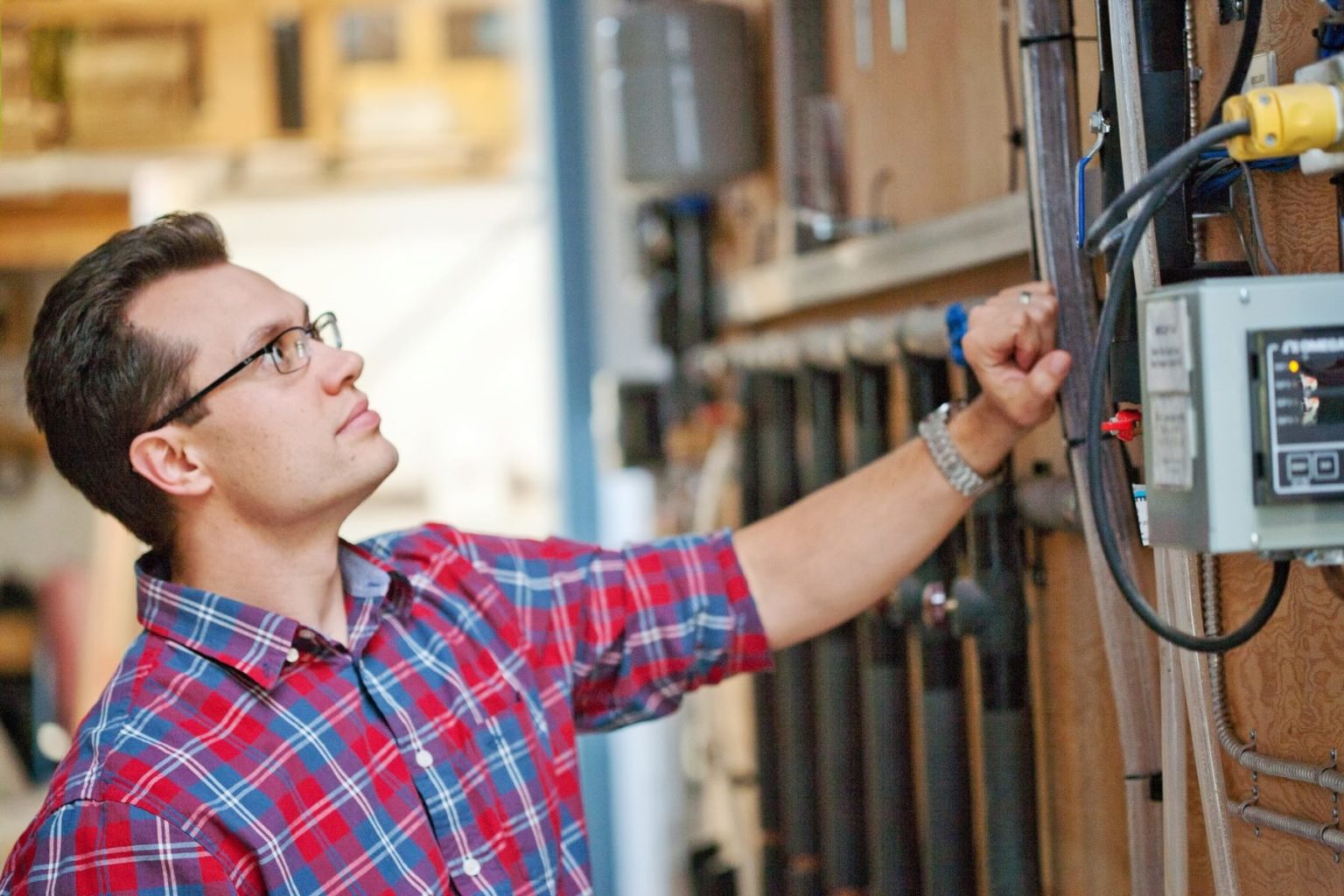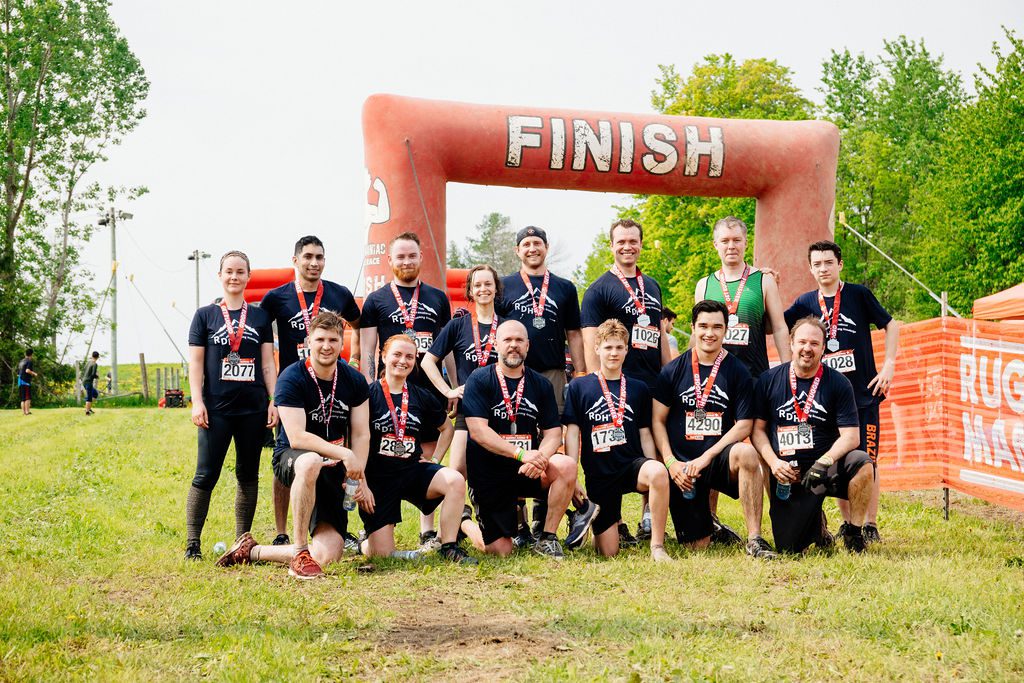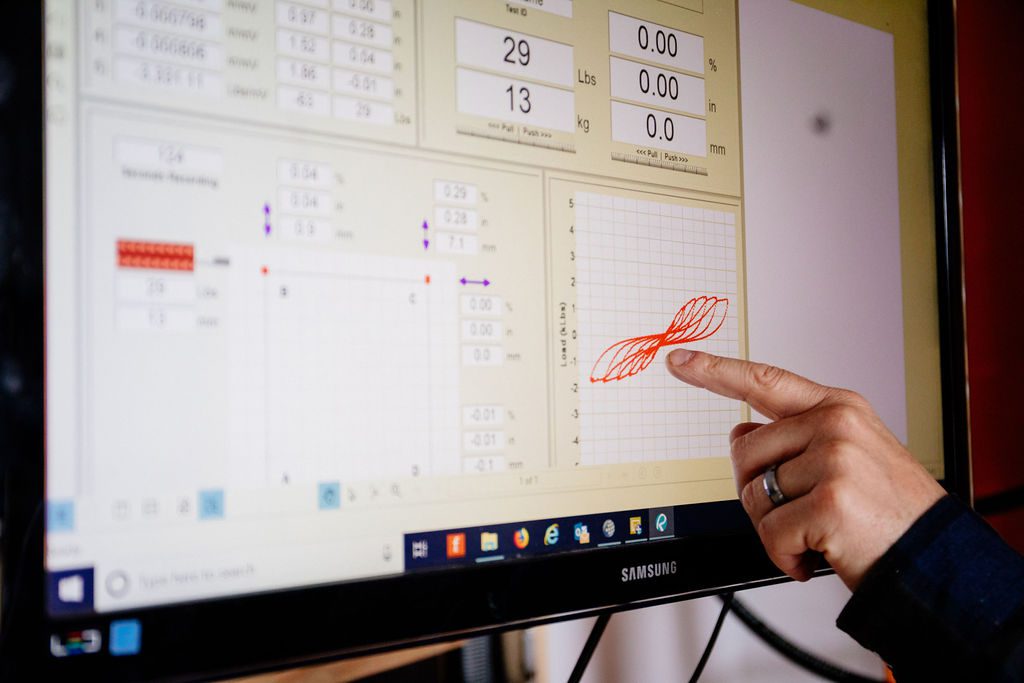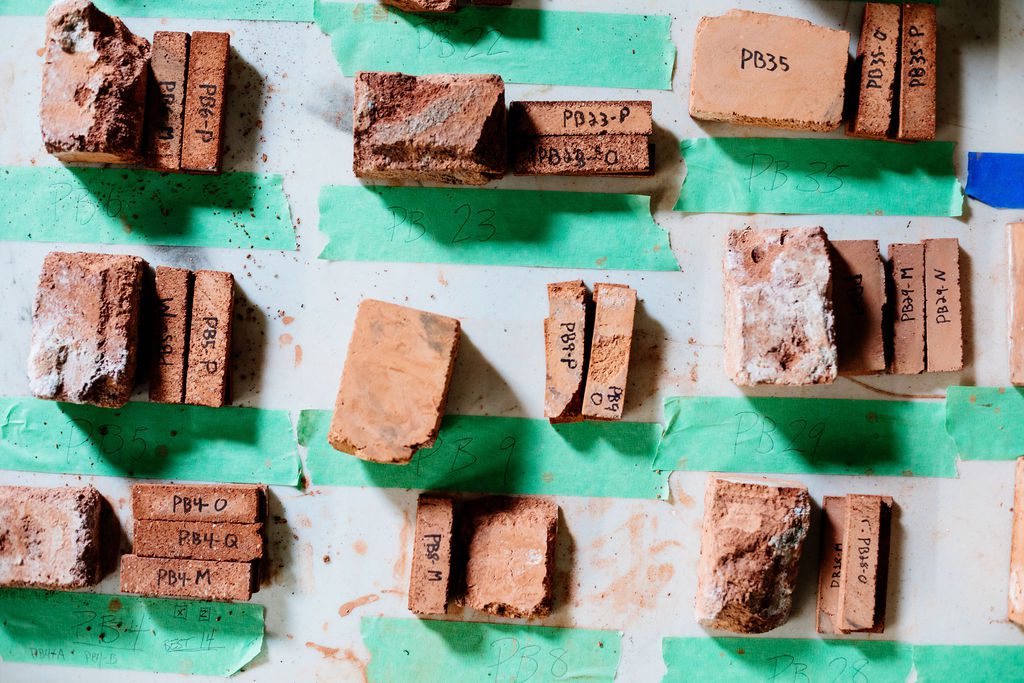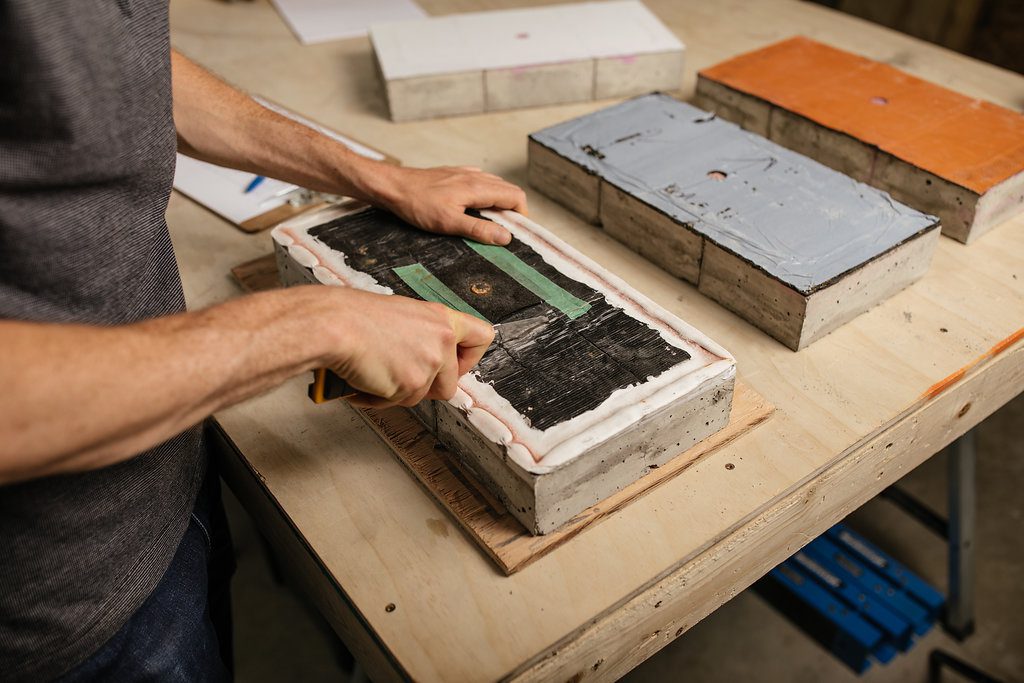At RDH, we understand that there is an important and complementary relationship between research and practice. Our extensive experience with both gives us the expertise and skills required to deliver outstanding outcomes in our practical project work and to be leaders in the field of building science.
In our Meet the Researcher series, we interview RDHers who are involved in RDH research and discover what they’ve learned from their time in the lab and in the field. In this blog post, we meet Aaron Grin, who is a Principal, Building Science Specialist in our Waterloo office.
You have been at RDH since 2006; tell us a bit about your role?
In the area of research, I’ve been involved in all aspects of the Building Science Laboratories practice area: custom-equipment design; long-term research projects; product testing and R&D; guides and publications. As the Practice Area Leader for Research and as a Group Leader, I help other RDHers work to their full potential; my support of RDH’s education-and-training work is an important part of this.
The forensic investigation work I do at RDH is quite interesting. It offers the challenge of figuring out complicated problems on the spot and with the awareness that other people—lawyers, building owners, product developers, and those involved in building science—could be relying on the answers I find.
I enjoy being involved in a broad spectrum of areas within building science because these different areas intersect and overlap in meaningful ways. My work in each of these areas draws on and highlights the different ways that they directly affect and inform each other.
How did you become interested in building science research?
Generally, I don’t think that being research-oriented is a taught perspective. I think that most research-oriented people have an innate interest in the “how” and “why” of things. I would certainly describe myself as an inquisitive person. I have always had a curious mind. Whether it be my interest in bugs and trees in scouting; taking apart engines and appliances as a kid; biology, science, and physics classes in high school; or in-depth learning and application of the scientific method in my undergraduate studies and masters-level studies, research has always been a big interest for me.
I have always been interested in the built environment, efficiency, and low-impact construction. Through my undergraduate studies in civil engineering, I learned a lot. In my fourth year, I got bit by the building science bug and decided to pursue a master’s degree focused on building science. Attending national conferences and hearing about the research really made it clear to me that I was headed in the right direction. I am quite impressed by how the industry has changed in the last 20 years and how many more opportunities there are for people to learn about building science.
What types of research projects have you been involved in?
Most of my research is related to building enclosures and related materials, products, and systems. I have an active interest in how mechanical systems can support better building performance, so some of my research deals with HVAC systems. Also, I am an adjunct professor at the University of Waterloo School of Architecture, where I teach about HVAC systems.
Some of my early work involved simple vapour-permeance testing and building a custom constant- climate room. This led to my involvement in creating full-scale product mock-ups and in the development of test huts located in diverse locations such as Florida, Vancouver, Portland, and Waterloo. I also spent a fair bit of time working with the US Department of Energy and the Building America program doing everything from energy modeling to teaching about advanced framing in many US locations.
Another area I’ve been involved in is advanced thermal-performance testing, which began with the Thermal Metric Project. This work is normally done in support of a product manufacturer who has a product or system that they want to take from the lab into the field and their need to know how their product will perform. Test-hut testing and thermal-performance testing both have a strong focus on durability and energy efficiency.
I’ve also done some structural-system research for wood-framed residential wall systems—a collaborative project between our team and Dupont. In this study, we ran tests on multiple iterations of a hybrid wall. It is an exterior-insulated wall system that uses the exterior insulation and spray foam in the stud bays to create a structural wall system from spray foam. We evaluated the assembly structurally; we also evaluated its thermal performance and its hygrothermal performance to assess its durability. We later used a version of that wall system on a field-implementation study of various houses in Wyandotte, Michigan, to gather information on the wall assembly’s buildability. We truly looked at these hybrid walls from all angles to understand how they would perform in the field.
Why do you think research is important?
The biggest reason I see is that it’s part of a scientific process that informs new product development and proper implementation—part of a closed loop in which lab-research discoveries directly affect work in the field. Another reason is that it establishes a basis for everything that we do. By taking into consideration historical context and previous research, we can avoid repeating mistakes; we can use what we already know and think about it and apply it in new ways.
Research can help develop a new way to do something with existing products or figure out how to use a new product. It can help us solve a problem by evaluating every part of the problem in depth. Sometimes, it may even overlap with forensic work to help determine why something didn’t work the way it was supposed to.
Research is a lot of different things; I enjoy it because it usually involves tough problem-solving and an ever-evolving process in which you have to pay attention to the results and make decisions as you go.
What are some project highlights you have worked on recently? What are you working on right now?
One of the research projects I am leading right now is the design, development, and commissioning of a large-scale guarded hot box for Carleton University in Ottawa, Ontario. The first part of our work was to create a schematic design that helped Carleton land the funding for the project. Naturally, the schematic design became the design basis and then RDH won the contract for completion of the full design, for consulting during construction, and for commissioning over a three-year period. The purpose of a guarded hot box is to quantify heat flow through an enclosure specimen. Most guarded hot boxes in North America test walls that are roughly 8 ft x 8 ft; RDH owns an advanced double-guarded version that can test 8 ft x 12 ft specimens; but the Carleton hot box is designed to test 14.5 ft x 25 ft specimens! The Carleton climate chamber can expose the specimen to temperatures ranging from -30°C (-22°F) all the way up to +50°C (+122°F), radiative heating, and air pressures up to +/-1000 pa. We are in the third year of the project, and our first site visit to review the construction took place in early July. We anticipate that the final commissioning will be done by the summer of 2022.

